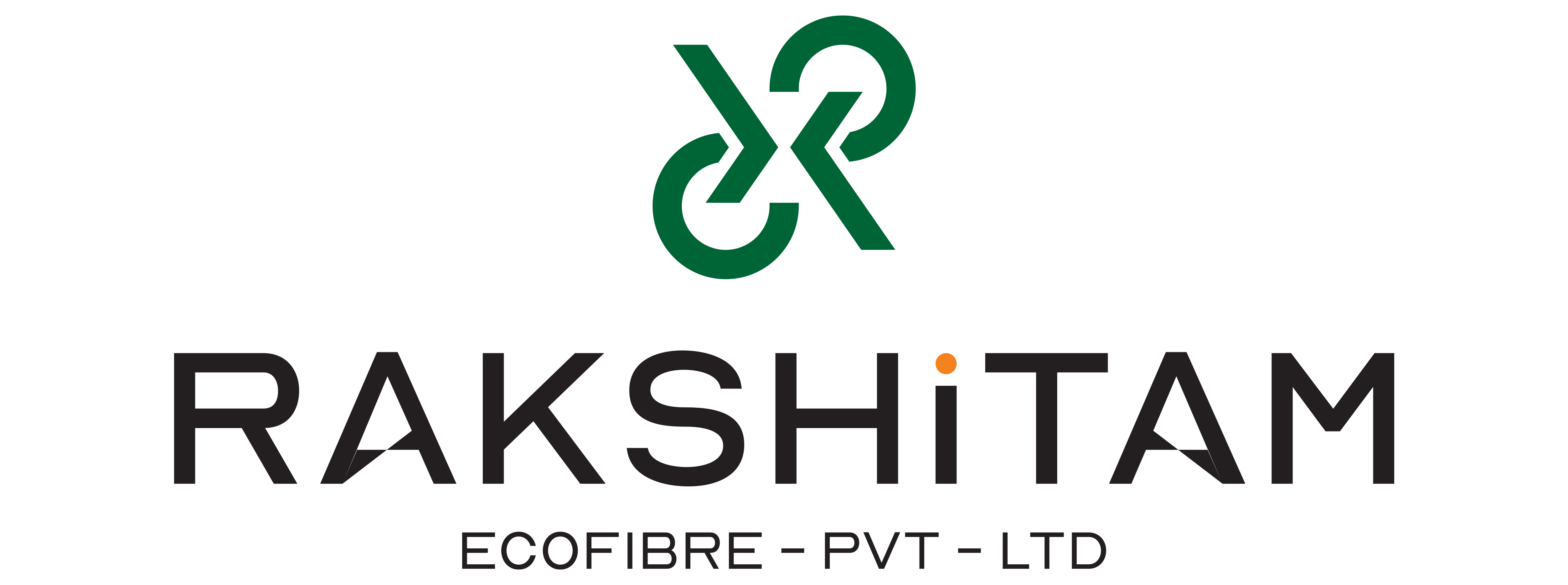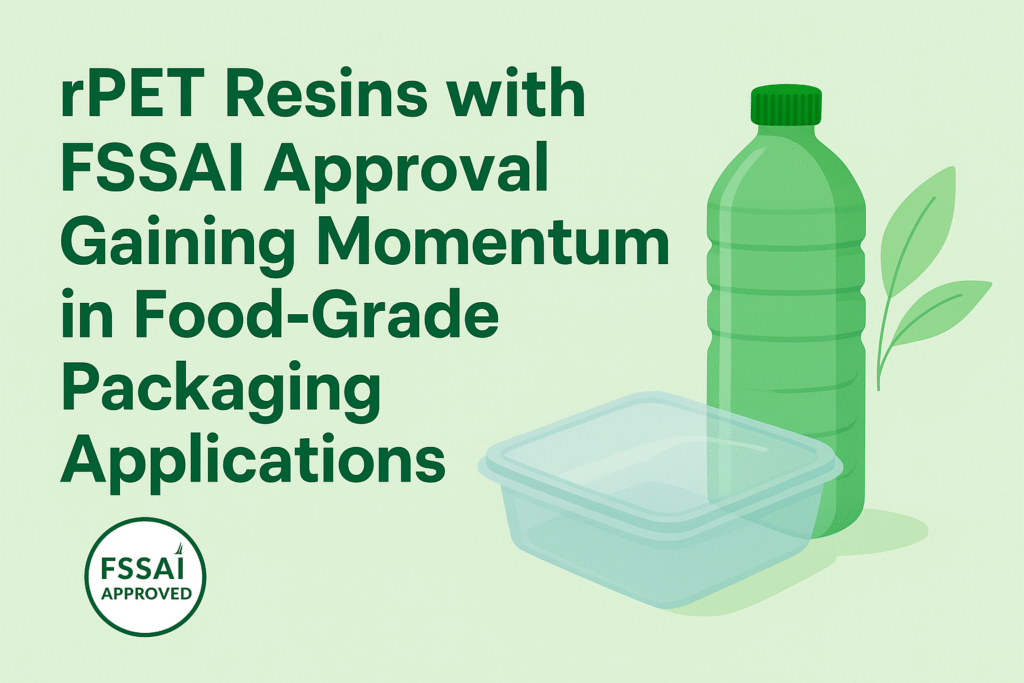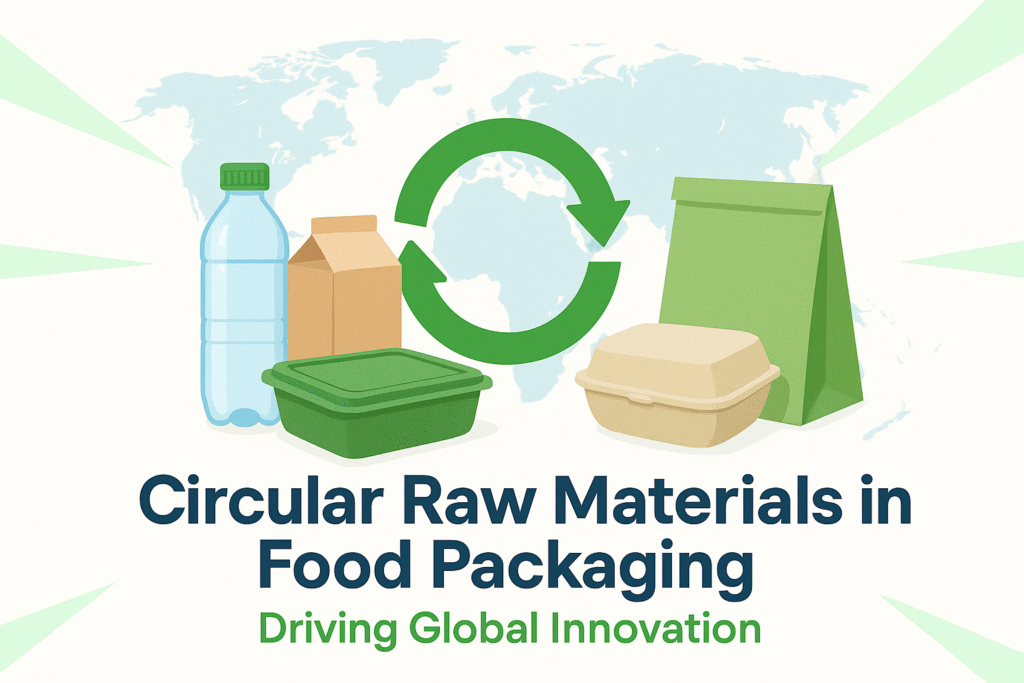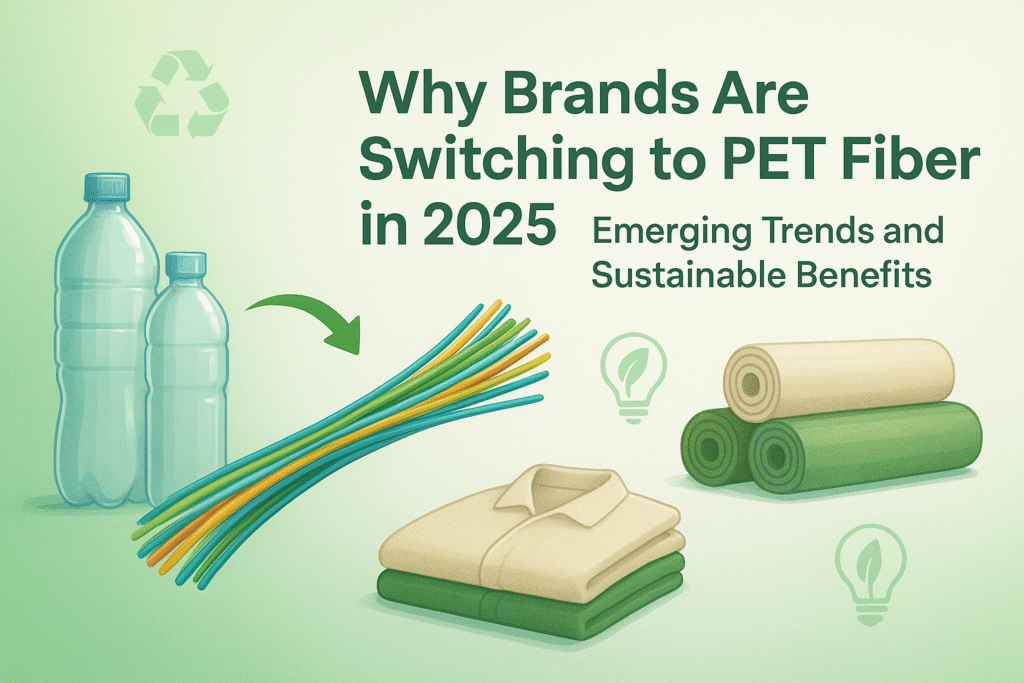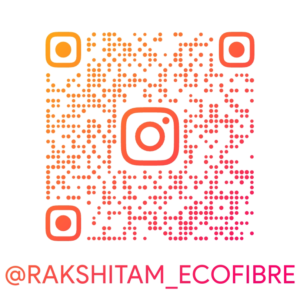Plastic bottles hold the top spot in the world’s packaging lineup—pick any shelf in bottled water, soft drinks, or take-home meals, and you’ll see them everywhere. At the same time, mounting alarm over pollution and long-term damage to natural systems has pushed the demand for recycled PET, or rPET, to the forefront. Still, the answer isn’t as simple as it seems. Of the rPET product line, only the food-grade variant meets the exacting health and safety standards that apply to products that come into contact with food or drinks. To highlight the transformation and quality control integrated into the production of food-grade rPET, this blog guides you from the moment a bottle is discarded to the instant it reappears as a high-grade packaging sheet that meets quality standards once again.
What is Food-Grade rPET?
Food-grade rPET is recycled polyethylene terephthalate specifically treated to guarantee it is safe for direct contact with food and beverages. Unlike rPET intended for textiles or other industrial uses, food-grade material complies with strict international guidelines, including approvals from EFSA (European Food Safety Authority) and from the FDA (U.S. Food and Drug Administration). This certification helps confirm that bottles, containers, and other packages produced from food-grade rPET pose no health hazards and are reliable for consumer use.
Step 1: Collection of PET Waste
The process starts by collecting PET bottles from households, commercial settings, and recycling drop-offs. Effective collection is essential; the cleaner and purer the incoming PET, the safer the resulting rPET. Many recycling operations team up with local waste management services, incentives like buy-back schemes, and modern sorting plants to accumulate post-consumer PET.
Step 2: Sorting and Cleaning
Sorted and cleaned PET waste is collected to be free from non-PET plastics, caps, and labels. Infrared sorting machines with high accuracy are now used in advanced recycling plants. PET is shredded into flakes, washed with hot water and detergents, and dried — eliminating dirt, adhesives, and residues.
Step 3: Decontamination and Processing
This is where PET gets converted into a food-grade safe material. PET flakes are decontaminated at high temperatures in a vacuum or inert gas atmosphere. This destroys chemical residues that may have been taken up in its previous life.
There are two major processes employed:
- Mechanical Recycling: PET flakes are melted and re-extruded as rPET pellets.
- Chemical Recycling: PET is chemically depolymerized back to its original monomers and re-polymerized into near-virgin quality PET.
Both processes, when conducted under certified circumstances, yield rPET safe for use in food packaging.
Step 4: Conversion into Packaging
The cleaned rPET flakes or pellets are then shaped into food-grade packaging, like:
- Beverage and water bottles
- Food containers and trays
- Packaging films
All production needs to conform to FDA, EFSA, FSSAI, and BIS standards so that consumer safety is upheld.
Applications of Food-Grade rPET
Across the globe, food-grade recycled PET is making an impact in the following areas:
- Beverage Bottles – refillable mineral waters, sparkling products, and chilled juices.
- Food Trays and Containers – packaging for heat-and-eat meals and frozen entrees.
- Pharmaceuticals – high-barrier vials and blister packs for sensitive products.
- Cosmetics – PE-based emulsions and creams in lightweight, amber or clear PET flacons.
Why Food-Grade rPET Matters
- Lower Carbon Footprint: Substituting virgin resin alleviates preform heating, polymerisation, and distribution impact.
- Trusted Certification: thorough testing ensures compliance with FDA, EFSA, and BIS requirements.
- Closed-Loop Vision: recycled contention uses existing PET, slowing production of new polymer.
- Consumer Approval: an informed public rewards brands that prove a genuine ‘closed-loop’ intention.
Also Read: From Plastic Waste to rPET Chips Transforming Recycling Into Opportunity
Conclusion
Food-grade rPET production integrates high-resin hygiene vigilance, friction-melt crystallisers, and monitored degassed polymer extrusion against chip polymerisation. From cold-feed dew casseride, polymer-dispenser out-feed, and dual capacity and blade exhaust, operators secure an isotopic pack for perishables and overnights. Inspired by carbon-chartable, cigarette-traded gains in disposable carbon footprints, user-friendly software licence manufacturers gain recyclical, life-cost savings approvals. By confidently appointing food-grade EMS-brief, brands champion renewed transformation of heritage revenue and labelling equity–disabling virgin processing.
